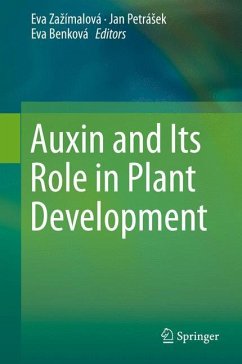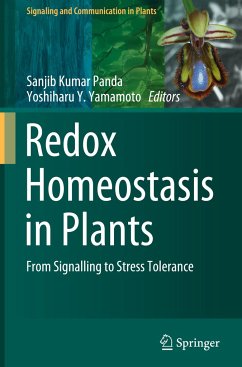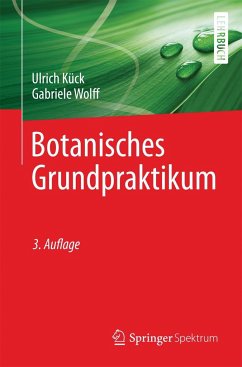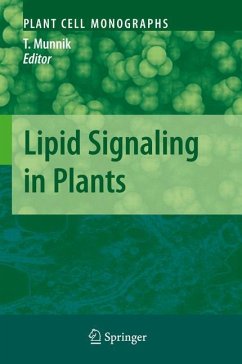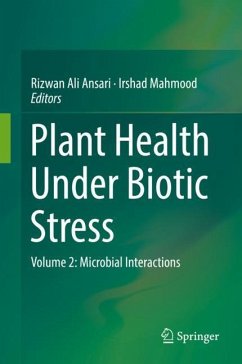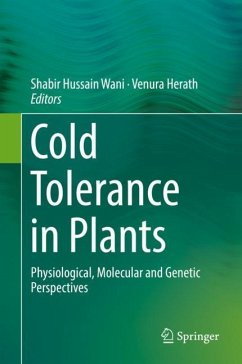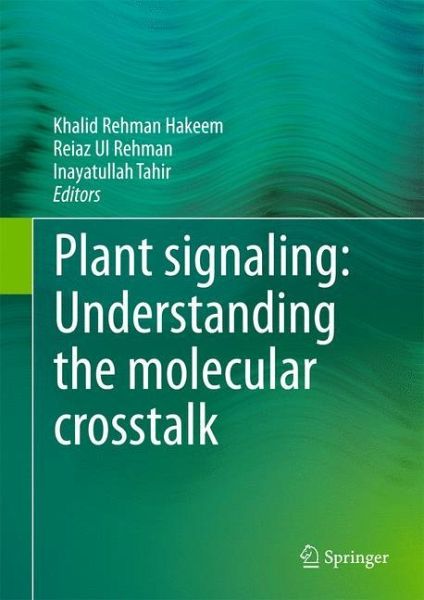
Plant signaling: Understanding the molecular crosstalk

PAYBACK Punkte
57 °P sammeln!
Plant signalling has emerged as an integrated field which has become indispensable in recent times to study any biological process. Over the last decade, an enormous amount of information has been generated in this field and the advances in information technology gave birth to bioinformatics which has helped greatly in managing the galaxy of information. It is now possible to view the different information's in a systems biology approach which has unravelled the association/ new processes and thus helped us enormously in understanding of the biological processes. The present book is an attempt...
Plant signalling has emerged as an integrated field which has become indispensable in recent times to study any biological process. Over the last decade, an enormous amount of information has been generated in this field and the advances in information technology gave birth to bioinformatics which has helped greatly in managing the galaxy of information. It is now possible to view the different information's in a systems biology approach which has unravelled the association/ new processes and thus helped us enormously in understanding of the biological processes. The present book is an attempt at understanding the plant signalling processes with different perspectives. Even though the plants are sessile but there exists a tremendous interconnected network of perception at morphological, physiological and molecular levels. The impact of the surrounding environment in terms of abiotic and biotic stresses is significant in terms of its survival, adaptation and productivity for the human welfare. The plants possess a wide array of processes at the organ, tissue and cellular levels which are governed by a plethora of molecules. The molecules govern individual processes and these exists a cross talk between them to form a complex network of processes. The book tries to envision how different processes are operating at different points in the life cycle of the plant.





